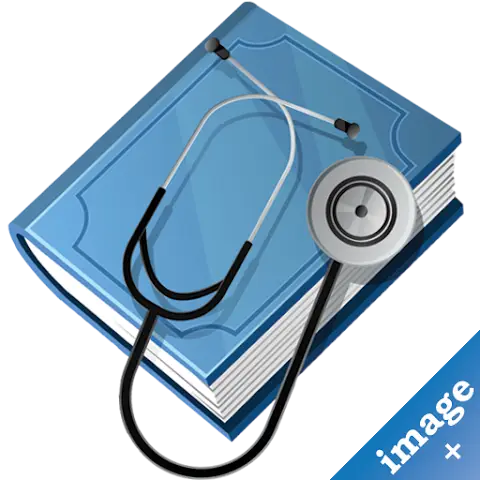Acute lyphoblastic leukemia
Other names: Acute lymphocytic leukemia, Acute lyphoid leukemia, Cancer, acute lymphocytic leukemia, Leukemia, acute lymphocytic (childhood leukemia)
DEFINITION
Acute lymphoblastic leukemia (ALL) is a type of cancer that affects the blood and bone marrow, where blood cells are produced. It progresses rapidly, leading to the production of immature white blood cells known as lymphocytes.
SYMPTOMS
- Bleeding from the gums
- Bone pain
- Fever
- Frequent infections
- Nosebleeds
- Swollen lymph nodes
- Pale skin
- Shortness of breath
- Weakness or fatigue
When to see a doctor: If persistent symptoms are noticed, especially if they resemble flu-like symptoms but do not improve.
CAUSES
ALL occurs when bone marrow cells develop DNA errors, causing abnormal production of immature leukemic white blood cells. Most cases are not inherited.
RISK FACTORS
- Previous cancer treatment
- Exposure to radiation
- Genetic disorders like Down syndrome
- Family history of ALL
PREPARING FOR YOUR APPOINTMENT
Be prepared by noting symptoms, personal information, medications, and questions for the doctor. Consider taking a companion for support and assistance in remembering information.
TESTS AND DIAGNOSIS
Blood tests, bone marrow tests, imaging tests, and spinal fluid tests are used to diagnose ALL.
TREATMENTS AND DRUGS
Treatment involves induction therapy, consolidation therapy, maintenance therapy, and preventive spinal cord treatment. Treatments may include chemotherapy, targeted drug therapy, radiation therapy, stem cell transplant, and participation in clinical trials.
ALTERNATIVE MEDICINE
While no alternative treatments cure ALL, therapies like acupuncture, aromatherapy, massage, meditation, and relaxation exercises may help manage side effects.
COPING AND SUPPORT
Treatment for ALL can be lengthy but successful. Learning about the disease, relying on healthcare teams for support, exploring programs for patients and families, and keeping loved ones informed can aid in coping with the challenges.
QUESTIONS
- What is acute lymphoblastic leukemia?
Acute lymphoblastic leukemia (ALL) is a type of cancer that affects the blood and bone marrow, characterized by the rapid production of immature white blood cells known as lymphocytes.
- What are the symptoms of acute lymphoblastic leukemia?
Symptoms include bleeding from the gums, bone pain, fever, frequent infections, nosebleeds, swollen lymph nodes, pale skin, shortness of breath, and weakness or fatigue.
- What causes acute lymphoblastic leukemia?
ALL occurs when bone marrow cells develop DNA errors, leading to abnormal production of immature leukemic white blood cells. It is mostly not inherited.
- Who is at risk for acute lymphoblastic leukemia?
Individuals at risk include those with a history of previous cancer treatment, exposure to radiation, genetic disorders like Down syndrome, and a family history of ALL.
- How is acute lymphoblastic leukemia diagnosed?
Diagnosis involves blood tests, bone marrow tests, imaging tests, and spinal fluid tests to confirm the presence of ALL.
- What are the treatments available for acute lymphoblastic leukemia?
Treatments include induction therapy, consolidation therapy, maintenance therapy, and preventive spinal cord treatment. These may involve chemotherapy, targeted drug therapy, radiation therapy, stem cell transplant, and participation in clinical trials.
- Are there alternative treatments for acute lymphoblastic leukemia?
While alternative treatments do not cure ALL, therapies like acupuncture, aromatherapy, massage, meditation, and relaxation exercises may help manage side effects.
- How can patients cope with acute lymphoblastic leukemia treatment?
Coping strategies include learning about the disease, relying on healthcare teams for support, exploring programs for patients and families, and keeping loved ones informed.
- When should someone see a doctor regarding symptoms of acute lymphoblastic leukemia?
It's important to see a doctor if persistent symptoms resembling flu-like symptoms, such as those mentioned earlier, are noticed and do not improve.
- Can family history play a role in developing acute lymphoblastic leukemia?
Yes, family history of ALL is considered a risk factor for developing the condition.
